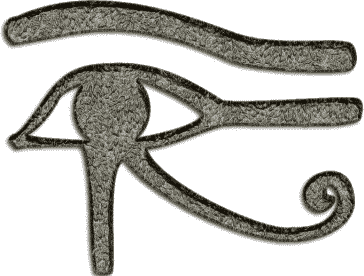



| Introduction to Omnidirectional Vision |
|---|
|
Omnidirectional Vision involves capture and automatic interpretation of images usually depicting full 360 degrees
(horizontal panorama) view of the surroundings. Sometimes the field of view band can be aligned vertically, or in any other plane,
usually by means of deploying a circularly symmetrical mirror aligned in the required direction.
Hemispherical fields of view (360 degrees by 180 degrees) are also used, usually by deploying a fish-eye lens.
Finally, separate views can sometimes be combined, thus forming the ideal full spherical projection. Omnidirectional vision offers a number of significant benefits. Specifically, it is much easier to deal with the rotation of the camera (robot), as this will not make objects disappear from view but only change their image positions. Additionally, as I argued in 'A Catadioptric Sensor with Multiple Viewpoints', omnidirectional vision lends itself to a particularly simple stereo epipolar geometry and consequently to instantaneous range finding that is not limited by the narrow field of view. Applications include all situations where large three dimensional space needs to be surveyed, such as navigation and guidance of (autonomous) vehicles, robotics, tracking and motion detection, simultaneous location and mapping, site modelling, security, and virtual reality. See also the link below. |


